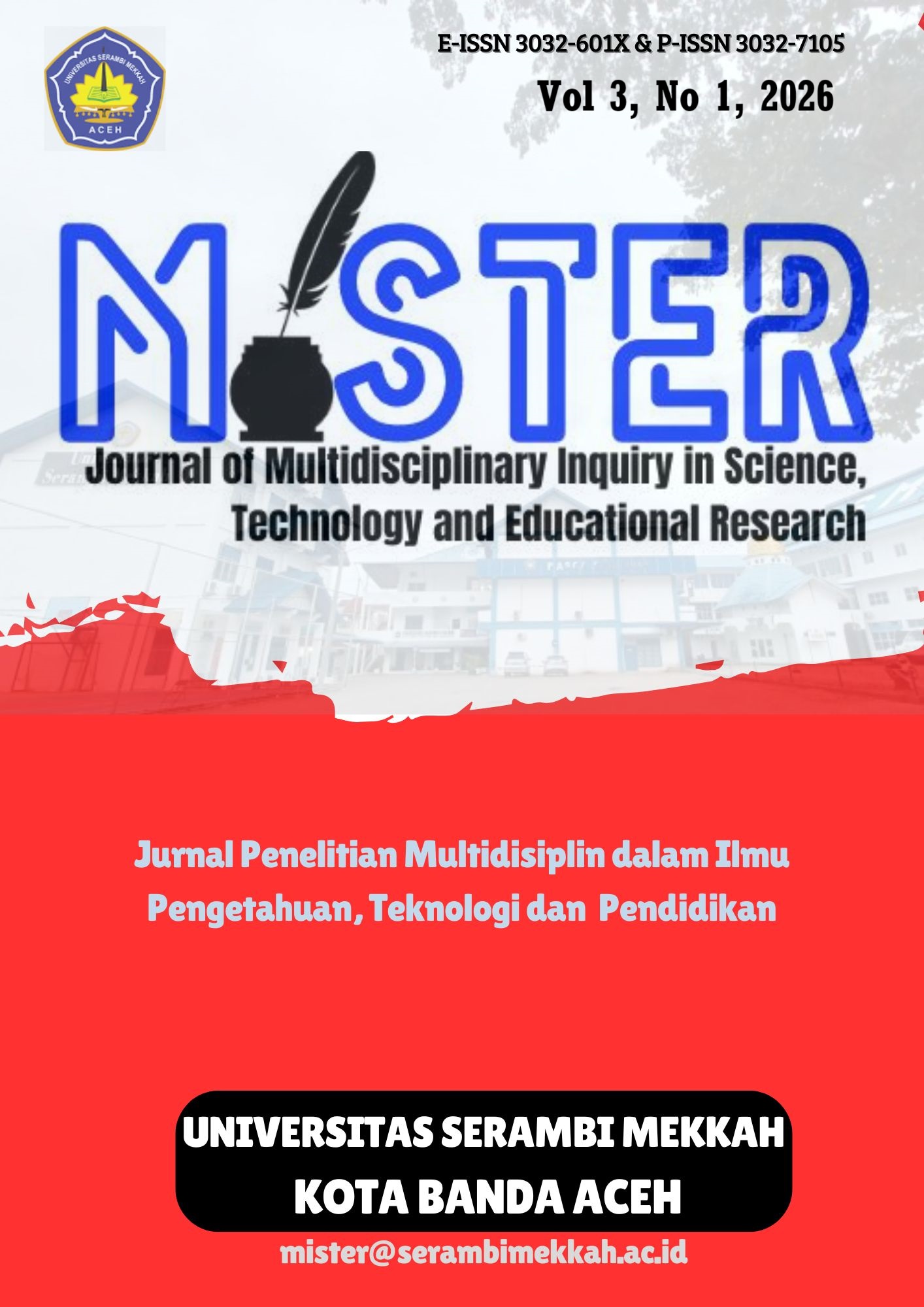Efektivitas Expressive Writing dalam Menurunkan Kecemasan pada Mahasiswa
Main Article Content
Abstract
This study aimed to determine the effectiveness of expressive writing in reducing anxiety among students at Padang State University. This study employed a quantitative approach. It employed a between-subject design and a pretest-posttest control group design. The sample consisted of 17 students majoring in Psychology at Campus V, Padang State University. Based on the results, it can be concluded that expressive writing activities are effective in reducing anxiety levels. The independent sample t-test analysis showed a significance value of 0.030 (p < 0.05), indicating a significant difference between the experimental group participating in the expressive writing intervention and the control group participating in regular writing. These findings indicate that through expressive writing, students can convey and process their negative emotions, thereby reducing psychological tension and improving emotional balance. Therefore, expressive writing can be a simple yet effective therapy method to help students overcome anxiety, especially in stressful academic situations such as public speaking.
Article Details

This work is licensed under a Creative Commons Attribution-ShareAlike 4.0 International License.
References
Agustinus, N. (1985). Phobia. Surabaya: Rama Press Institute
Amali, A. B., & Rahmawati, E. L. (2020). Upaya Meminimalisir Kecemasan Siswa Saat Berbicara di Depan Umum dengan Metode Expressive Writing. Jurnal Ilmiah Psikologi Terapan, 109-118.
As’ari, D.K. (2007). Mengenal Mahasiswa dan Seputar Organisasinya. Diakses pada tanggal 05 April 2023. Pena-deni.com.
Azwar, S. (2005). Metode Penelitian. Yogyakarta: Pustaka Pelajar.
Clark, D. A (2010). cognitive therapy of anxiety disorderss: science of practice. New York : NY: Guilford Press.
Gail W. Stuart. (2006). Buku Saku Keperawatan Jiwa. Alih Bahasa: Ramona P. Kapoh & Egi Komara Yudha. Jakarta: EGC
Holmes, D. (1991). Abnormal Psychology. New York: Harper Collins Publisher.
Jeffrey S. Nevid, dkk. (2005). Psikologi Abnormal. Edisi Kelima. Jilid 1. Jakarta: Erlangga.
J.W Pennebeker, Writing About Emotional Experiences as a Therapeutic Process Psychological Science, 8. 1997. hal. 162
Murti, Dahlia Reyza, (2013). Pengaruh Expressive Writing terhadap Penurunan Depresi Pada Remaja SMK di Surabaya, Vol. 1, No.02 Jurnal Psikologi Klinis dan Kesehatan Mental, hal. 98
Prawirohusodo, S. (1991). Ansietas, Simposium Gangguan Kecemasan dan Penanggulangannya dalam Praktek Sehari-hari. Surakarta: Ikatan Dokter Ahli Jiwa Indonesia Cabang Surakarta.
Qanitatin dkk, Pengaruh Katarsis dalam Menulis Ekspresif Sebagai Intervensi Depresi Ringan Pada Mahasiswa, Jurnal Psikologi UNDIP vol. 9, No. 1, 2011.hal. 25
Ramaiah, S. (2003). Kecemasan Bagaiaman Cara Mengatasi Penyebabnya. Pustaka Obor Populer.
Santrock. J.W. (2003). Adolesence. Perkembangan Remaja. Edisi keenam. Jakarta: Erlangga.
Sarwono, S. W. (2017). Pengantar Psikologi Umum. Depok: Raja Grafindo Persada.
Sherwyn P. Morreale, B. H. (2007). Human Communication; Motivation, Knowledge, and Skills. USA: Thomson Wadsworth.
Solomon, P. & Patch, V.1974. Handbook of Psychiatry. 3rded. Jepang, pp:50- 53.
Susanti, R., & Supriyantini, S. (2013). Pengaruh expressive writing therapy terhadap penurunan tingkat kecemasan berbicara di muka umum pada mahasiswa. Jurnal Psikologi, 9(2), 119-129.
Sugiyono. (2013). Metode Penelitian Kuantitatif, Kualitatif dan R&D. Bandung: PT Alfabet
Sugiyono. (2018). Metode Penelitian Kuantitatif, Kualitatif dan R&D. Bandung: PT Alfabet
Susanti, Reni & Supriyantini, Sri. (2013). Pengaruh Expressive Writing Theraphy Terhadap Penurunan Tingkat Kecemasan Berbicara Di Muka Umum Pada Mahasiswa.Jurnal Psikologi, 2, 121-129.
